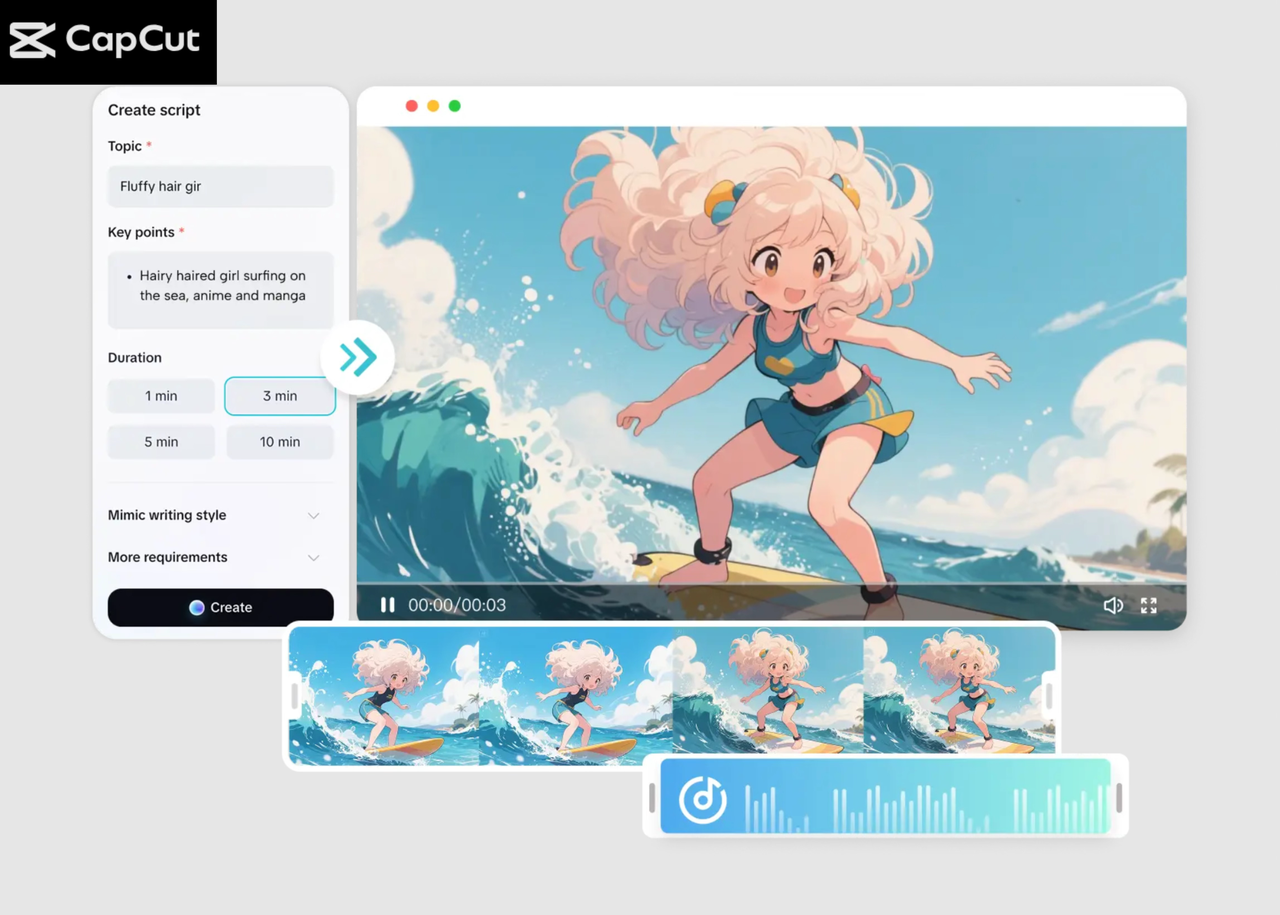The pharmaceutical industry might not be the first place a designer envisions building their career. This can be primarily due to the scientific rigor and stringent regulations associated with the industry.
The healthcare and pharmaceutical industry has become a significant client base for many creatives in recent years. As the demand for digital outreach, branding, and social campaigns has grown, designers have found new opportunities to work with pharma brands.
While the work often pays well and challenges your creative skill set, it’s essential to acknowledge the deeper responsibilities associated with this space. In this article, we will look at what you should know before working with a pharma brand.
This article examines the distinctive opportunities and key considerations for designers seeking to collaborate with pharmaceutical brands. It will explore the challenges of navigating a highly regulated environment and the ethical responsibilities involved.
The Weight of Visual Decisions
When working on visual assets for a pharmaceutical brand, you’re not just playing with color and layout. You’re participating in how a message is delivered, absorbed, and acted upon.
Even subtle design elements, such as the placement of a warning, can influence how seriously the audience takes the information. This isn’t just a matter of creative interpretation; it’s a matter of ethics and responsibility.
The information conveyed through visuals and labels is very important in this sector. Consider the example of Depo Provera, a contraceptive injection effective at avoiding unwanted pregnancies.
According to TruLaw, scientific studies have proven a positive link between Depo Provera and brain tumors. Thus, many individuals have even filed lawsuits against the manufacturer for not conveying the information about potential harm.
Victims can connect with lawyers to file their cases against the manufacturer and seek financial compensation. If you are interested in the story, you can learn more here. The lesson from cases like this isn’t just about being cautious; it’s about being aware.
Designers often work from a creative brief without access to the whole story. However, when health is involved, it’s helpful to ask more questions, seek context, and remain curious about the message. Even if you’re just designing a brochure, you’re shaping someone’s understanding of a treatment, and that carries more weight than you might expect.
Where Responsibility Begins
Many designers assume that legal teams will catch anything risky or misleading. While that’s partly true, it’s not a license to ignore your role in the early stages. The initial visual direction often comes from you or your creative team.
If something appears misleading in the initial round, it may continue to influence the project even if the wording is later revised. That’s why your contribution needs to go beyond aesthetics.
Consider the trust a patient places in the information they read. They may not question a beautifully laid-out information sheet or second-guess the statistics presented in a digital ad.
As a creative professional, your work helps frame the message, and your choices can either support transparency or unintentionally obscure it. That’s why working with pharma brands means taking creative responsibility seriously right from the first draft.
You don’t have to be a medical expert to do this work well. However, it does help to develop a mindset that goes beyond visual flair. Understanding tone, readability, and accessibility is just as important here as your usual design principles.
There are several regulations you need to follow when marketing in this industry. According to Forbes, agencies like the U.S. Food and Drug Administration’s (FDA) Office of Prescription Drug Promotion (OPDP) will monitor promotional activities. Their primary goal is to ensure these promotions are not false or misleading.
Over time, you’ll learn how to balance branding needs with compliance guidelines, but that learning process starts with recognizing your own influence.
Working Within Boundaries
Creative freedom is often limited in regulated industries, and pharmaceuticals are no exception. You might receive a concept brief that looks like any other client request, but once you get into the details, you’ll notice the limitations.
There may be:
- Requirements on font size for disclaimers
- Layout constraints for risk-benefit balance
- Strict rules about imagery used in consumer-facing materials
At first, these restrictions might feel frustrating. If you’re used to fast-moving startup clients who give you free rein, pharma work can seem slow and rule-heavy.
However, these boundaries exist for a reason. They’re meant to protect the public, maintain legal clarity, and ensure that marketing doesn’t distort scientific facts. Learning how to work within these lines can sharpen your ability to solve problems creatively, especially when your usual shortcuts aren’t allowed.
You may find satisfaction in refining the small things: choosing a typeface that improves readability, simplifying a data chart, etc. These details might not win awards, but they can create real impact, and in this industry, that counts.
Impact That Goes Beyond Aesthetics
One of the most significant differences in pharma design work is the long-term visibility your projects can have. The materials you create may be distributed across clinics, shared through national awareness campaigns, or cited in legal or media discussions.
This isn’t the kind of work that fades after a product launch. It may be referenced by patients, questioned by healthcare professionals, or reviewed during regulatory scrutiny.
This level of exposure means the stakes are higher. If a mistake slips through, it’s not just a typo; it could contribute to misunderstanding or erode trust. At the same time, doing the job well means contributing to informed choices and better access to care.
As stated in a ResearchGate article, pharmaceutical marketing can have multiple effects that influence public health results. For instance, marketing initiatives can increase the visibility of an essential drug to the public. However, excessive promotions can result in medicalization and misinterpretation. Therefore, it is important to have strict regulations around pharmaceutical marketing.




